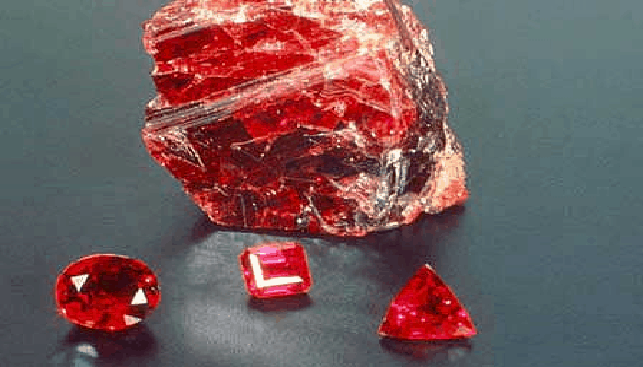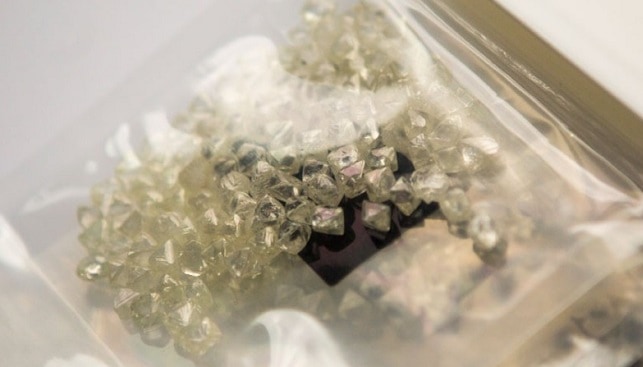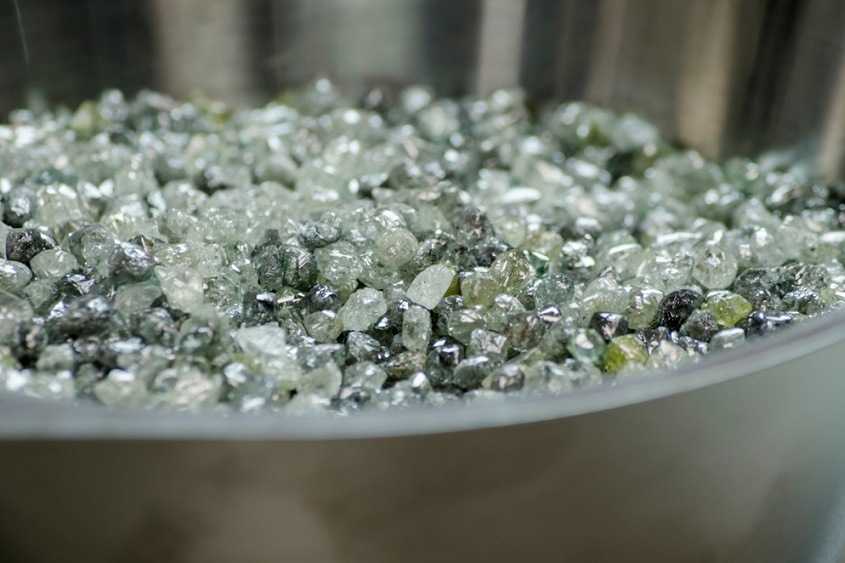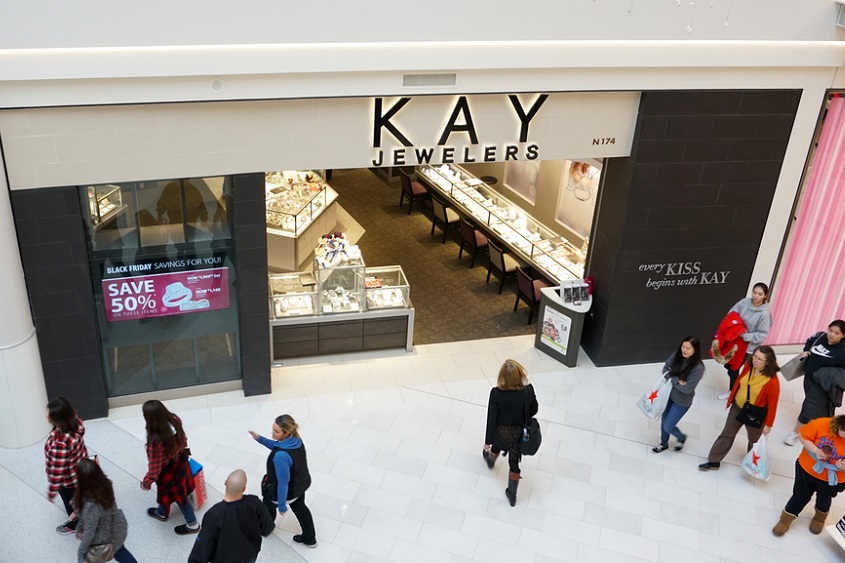Until the 1990s, finding diamonds in Canada was little more than a dream. According to Resources of Canada, a government website, that dream became a reality when several “world-class diamond-bearing deposits” were discovered in Canada’s northern territories.
In 1991, the first economic diamond deposit was discovered in the Lac de Gras area of the Northwest Territories. Canada became a diamond producer in October 1998 when the Ekati diamond mine opened. By 2003, Canada was the world’s third largest diamond producer on a value basis after Botswana and Russia.
Canada has several diamond mines. Ekati, its first to open, is located some 100 kilometers south of the North Pole and 300 kilometers north of Yellowknife, the mining city. Ekati’s annual diamond sales amount to 3% in weight and 6% in value of the overall global annual sales of rough diamonds.
According to Dominion Diamond Corp, which operates the mine, the largest gem quality diamond produced to date at the mine is the 78 carat Ekati Spirit, which was discovered in 2010 and sold at auction in 2011. A production milestone of 50 million carats was achieved in 2011.
When open-pit mining was completed in 2012, Diavik transitioned to underground mining
The Diavik mine, a joint venture between the Harry Winston Diamond Corporation and mining giant Rio Tinto, is North America’s most profitable diamond mine. Located on a 20-square kilometer island in Canada’s Northwest Territories, Diavik has one of the world’s highest ore grades, and the global diamond industry regards the stones as high quality in terms of color and clarity. Production of rough diamonds began in January 2003, and in March of that year Harry Winston sold the first diamonds from the Diavik mine. Construction of an underground mine began in 2010. Harry Winston expects the mine’s current operating plan to take it through the year 2022 at least.
Snap Lake, Canada’s first completely underground diamond mine, is De Beers’ first mine outside of Africa, purchased by the company in 2000. It is located 220 kilometers northeast of Yellowknife. The mine began production on January 16, 2008. By December 31, 2011, $1.98 billion had been spent on construction and operation. Its annual carat production capacity is 1.4 million carats.
The Victor Mine, an open-pit mine located in the James Bay Lowlands of Northern Ontario, is De Beers’ second mine in Canada. Works in the mine began in February 2006, and according to De Beers’ website, approximately $1 billion was spent on the mine’s construction. The Victor Mine reached commercial production in 2008 and the Official Mine Opening took place in July 2008. The area is composed of 18 kimberlite pipes of the Attawapiskat kimberlite field, 16 of which are diamondiferous.
The Jericho Diamond Mine, now a dormant diamond mine located in Canada’s Nunavit territory, was a bustling and busy project between 2006 and 2008. In the span of these years, Jericho produced 780,000 carats from 1,200,000 tonnes of kimberlite mined from the open pit operation.
In 2014, the department of Aboriginal Affairs and Northern Development declared Jericho as “closed or abandoned, temporarily or permanently”. This, according to Nunatsiaq Online, allowed the department to do “whatever may be required to protect people, property and the environment” in the area.














